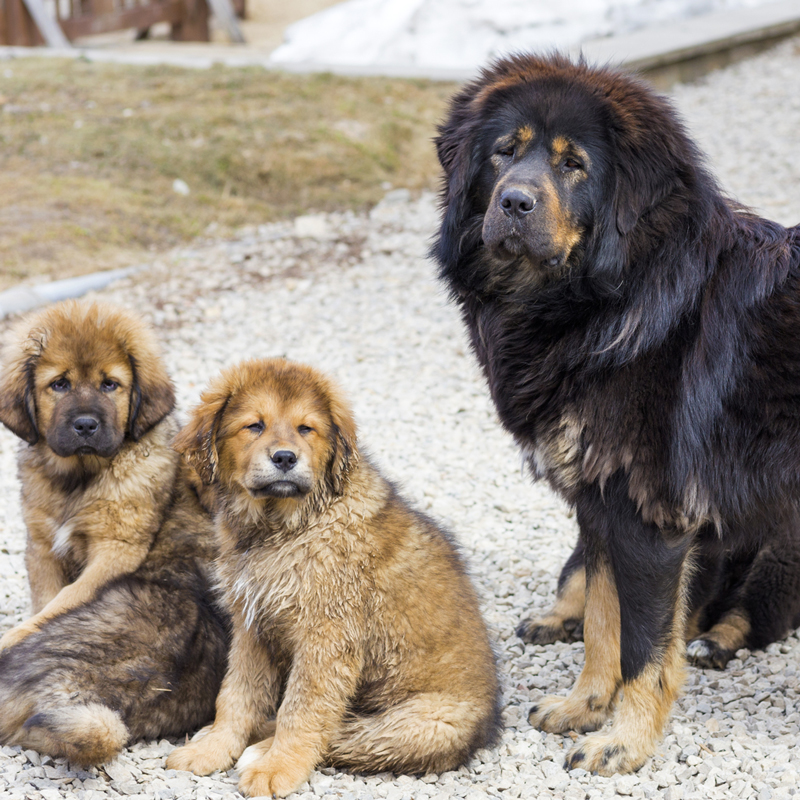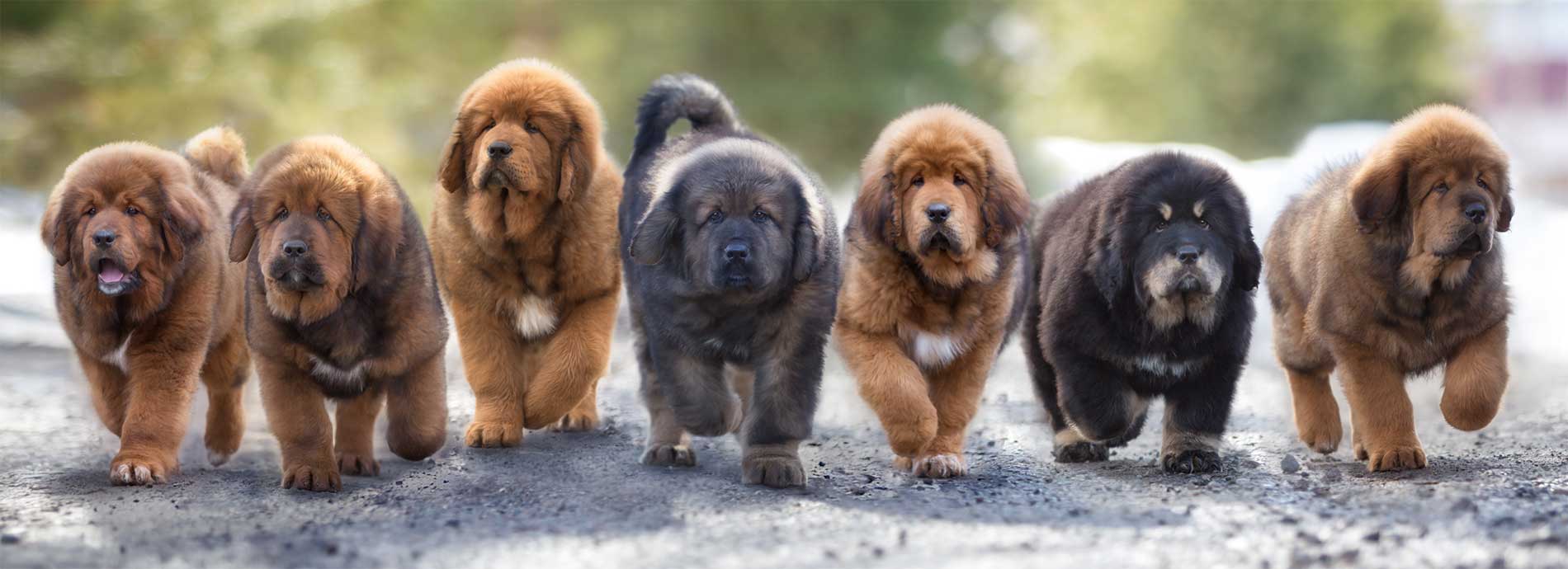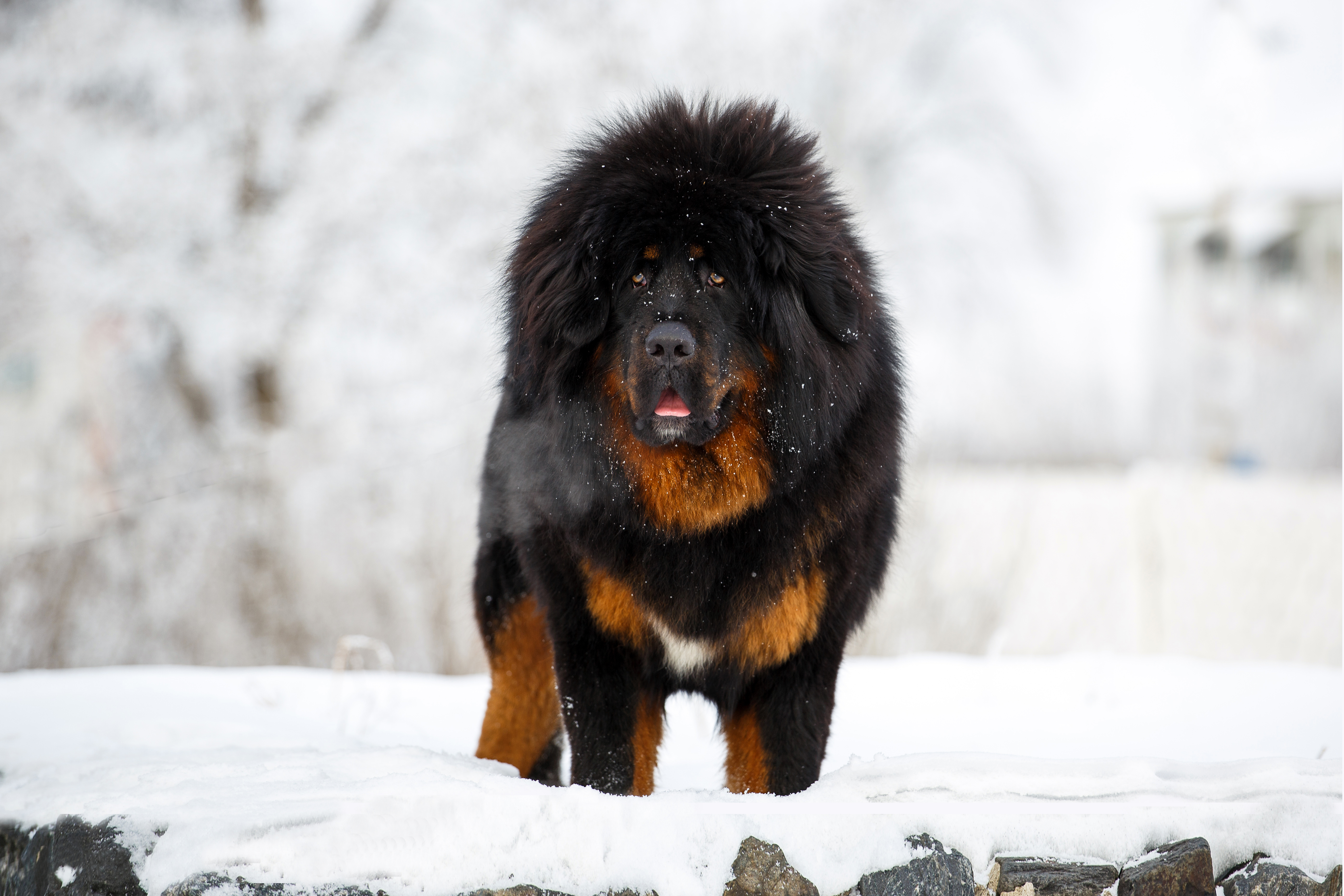Welcome to the world of Mastiffs, where gentle giants roam with grace and power. This ancient breed has captured the hearts of dog lovers for centuries, with their imposing size and loyal nature. From guarding livestock to serving as companions to royalty, Mastiffs have a rich history that is intertwined with human civilization. In this article, we will delve into the fascinating world of Mastiffs, exploring their origins, characteristics, and role in society. So grab a cup of tea and get ready to discover the mystique of the Mastiff.
The Origins of the Mastiff: A Journey Through Time

The exact origins of the Mastiff breed are shrouded in mystery, with various theories and speculations surrounding its beginnings. Some believe that the Mastiff originated from Tibet, while others argue that it was brought to Europe by Phoenician traders. However, most experts agree that the Mastiff’s ancestors can be traced back to the Molossus, an ancient breed used by the Greeks and Romans for war and hunting.
Ancient Times: The Molossus and Its Descendants
The Molossus was a large and powerful breed, known for its fierce loyalty and protective nature. It was primarily used as a war dog, but also served as a guard dog and hunter. The Molossus was eventually bred with other breeds, giving rise to different Mastiff-like dogs, such as the Neapolitan Mastiff, Cane Corso, and Dogue de Bordeaux.
In ancient Rome, Mastiffs were highly valued and often given as gifts to emperors and other high-ranking officials. They were also used in gladiator fights, where they would battle against other animals, including bears and lions. The Roman writer Columella described the Mastiff as “a fierce and courageous dog, fit for fighting.”
Middle Ages: The Mastiff as a Guardian and Hunter
During the Middle Ages, Mastiffs were primarily used as guardians of castles and estates. They were also employed as hunting dogs, with their keen sense of smell and powerful jaws making them ideal for tracking and taking down large game. The breed’s popularity continued to grow, and they were often given as gifts to kings and nobles.
In England, Mastiffs were used in the sport of bear-baiting, where they would fight against bears, bulls, and other animals for entertainment. This cruel practice was eventually banned in the 19th century, but it further solidified the Mastiff’s reputation as a fierce and fearless dog.
Modern Times: From Working Dog to Beloved Companion
As society evolved, so did the role of the Mastiff. With the decline of feudalism and the rise of industrialization, the need for working dogs decreased. However, the Mastiff found a new purpose as a beloved companion and family pet. In the late 1800s, the breed was officially recognized by the American Kennel Club (AKC) and the Kennel Club (KC) in the UK.
Today, Mastiffs continue to be popular pets, known for their gentle and affectionate nature. They are also used as therapy dogs, providing comfort and support to those in need. Despite their long history, Mastiffs have managed to adapt to changing times while still retaining their unique characteristics and charm.
The Characteristics of the Mastiff: A Perfect Balance of Strength and Gentleness

The Mastiff is a breed that commands attention, with its massive size and muscular build. However, behind this imposing exterior lies a gentle and loving soul. Let’s take a closer look at the characteristics that make the Mastiff such a unique and beloved breed.
Physical Appearance: A True Gentle Giant
Mastiffs are one of the largest dog breeds, with males reaching heights of up to 30 inches and weighing between 160-230 pounds. Females are slightly smaller, standing at around 27 inches and weighing between 120-170 pounds. Despite their size, Mastiffs are surprisingly agile and graceful, with a smooth and fluid gait.
The breed has a short, dense coat that comes in a variety of colors, including fawn, apricot, and brindle. They have a broad head with a short muzzle, giving them a distinctive “wrinkled” appearance. Their ears are small and folded over, and their eyes are dark and expressive.
Temperament: A Loyal and Protective Companion
Mastiffs are known for their calm and gentle demeanor, making them excellent family pets. They are fiercely loyal to their owners and will do anything to protect them. However, this protective instinct can sometimes lead to aggression towards strangers or other animals, so early socialization and training are essential.
Despite their imposing size, Mastiffs are not aggressive by nature. They are generally laid-back and easygoing, preferring to spend their days lounging around the house rather than engaging in high-energy activities. However, they do require daily exercise to maintain their physical and mental well-being.
Health: Common Health Issues and How to Care for Your Mastiff
Like all breeds, Mastiffs are prone to certain health issues that potential owners should be aware of. These include hip and elbow dysplasia, bloat, and eye problems such as entropion and ectropion. It is crucial to choose a reputable breeder who conducts health screenings on their dogs to minimize the risk of these conditions.
Mastiffs also require proper care and maintenance to ensure their well-being. This includes regular grooming, nail trimming, and dental care. Due to their large size, they may also be prone to joint problems, so it’s essential to keep them at a healthy weight and provide them with a comfortable and supportive bed.
The Mastiff in Society: From Guardian to Therapy Dog

Throughout history, Mastiffs have played various roles in society, from guardians and hunters to beloved companions. Today, they continue to make an impact, not only as family pets but also in other areas such as therapy work and service dogs.
Guardians and Protectors: The Mastiff’s Role in Society
Mastiffs have always been known for their protective nature, making them ideal guardians of homes and properties. They are naturally wary of strangers and will bark to alert their owners of potential threats. This instinctive behavior makes them excellent watchdogs, and their size alone is often enough to deter intruders.
In addition to their role as guardians, Mastiffs have also been used as working dogs in various capacities. In the past, they were employed as hunting and war dogs, and today, they are still used in some parts of the world as livestock guardians. Their imposing size and protective instincts make them well-suited for these tasks.
Therapy Dogs: Bringing Comfort and Joy to Those in Need
The gentle and loving nature of Mastiffs has made them popular candidates for therapy work. These dogs are trained to provide emotional support and comfort to people in hospitals, nursing homes, and other settings. Their calm and patient demeanor makes them ideal for this type of work, and they have a natural ability to sense when someone needs a little extra love and attention.
Mastiffs have also been used as service dogs for individuals with disabilities. Their size and strength make them capable of assisting with tasks such as pulling wheelchairs or retrieving items. However, due to their laid-back nature, they may not be as well-suited for this type of work as other breeds, such as Golden Retrievers or Labrador Retrievers.
Choosing the Right Mastiff for You: A Guide to Different Types and Breeds

When it comes to Mastiffs, there is no shortage of variety. From the classic English Mastiff to the lesser-known Tibetan Mastiff, each breed has its unique characteristics and history. Let’s take a closer look at some of the most popular types of Mastiffs and what sets them apart.
English Mastiff: The Classic Gentle Giant
The English Mastiff is the most well-known and recognized type of Mastiff. It is believed to be the oldest breed of Mastiff and has been used for various purposes throughout history, including guarding and hunting. English Mastiffs are known for their calm and gentle nature, making them excellent family pets.
These dogs have a short, dense coat that requires minimal grooming. They are also prone to drooling, so potential owners should be prepared for some slobber. English Mastiffs are generally healthy, but they may be prone to certain health issues such as hip dysplasia and bloat.
Neapolitan Mastiff: A Unique Appearance and Loyal Nature
The Neapolitan Mastiff is a descendant of the Molossus and is known for its distinctive appearance, with loose skin and wrinkles all over its body. This breed was primarily used as a guard dog and is still known for its protective nature. However, they can also make loving and devoted companions.
Neapolitan Mastiffs require regular grooming to maintain their coat, which can come in a variety of colors, including blue, black, and mahogany. They are also prone to certain health issues, such as hip and elbow dysplasia, so potential owners should do their research and choose a reputable breeder.
Tibetan Mastiff: A Rare and Ancient Breed
The Tibetan Mastiff is one of the oldest breeds of Mastiffs, with a history dating back thousands of years. They were primarily used as guardians of livestock and continue to serve this purpose in some parts of the world. Tibetan Mastiffs are known for their thick, double coat, which comes in a variety of colors, including black, brown, and blue.
These dogs are fiercely independent and may not be suitable for first-time dog owners. They require early socialization and training to prevent any potential aggression towards strangers or other animals. Tibetan Mastiffs are also prone to certain health issues, such as hip dysplasia and eye problems.
Conclusion
In conclusion, the Mastiff is a breed that has stood the test of time, captivating humans with its imposing size and gentle nature. From ancient times to modern society, these dogs have played various roles, from guardians and hunters to beloved companions and therapy dogs. Their unique characteristics and rich history make them a fascinating breed to explore, and their loyal and loving nature makes them a cherished member of many families. Whether you’re looking for a protector, a companion, or a therapy dog, the Mastiff’s timeless appeal is sure to capture your heart.
Pingback: The Great Dane A Majestic and Loyal Companion
Pingback: Tibetan Mastiff Guardian of the Himalayas